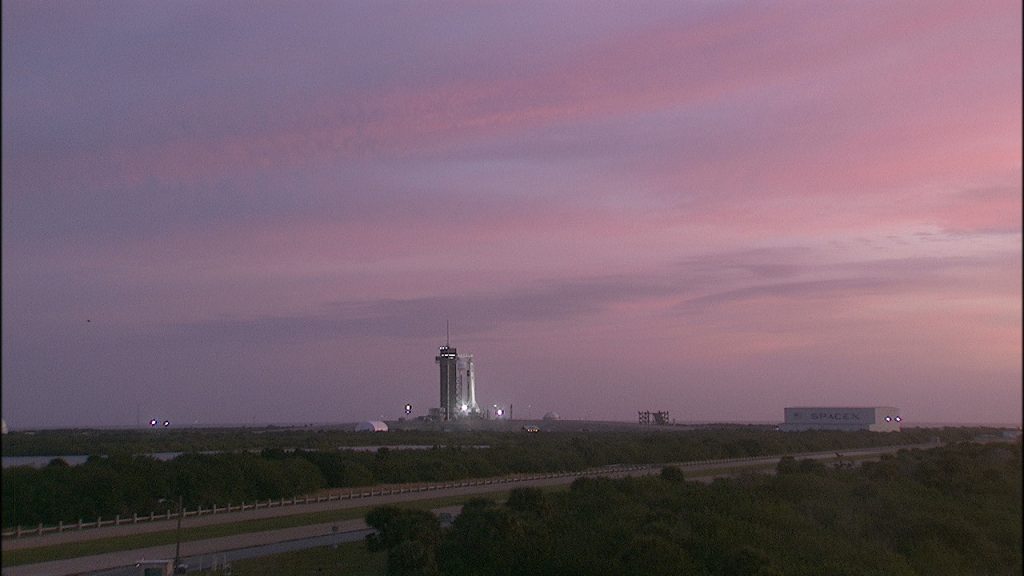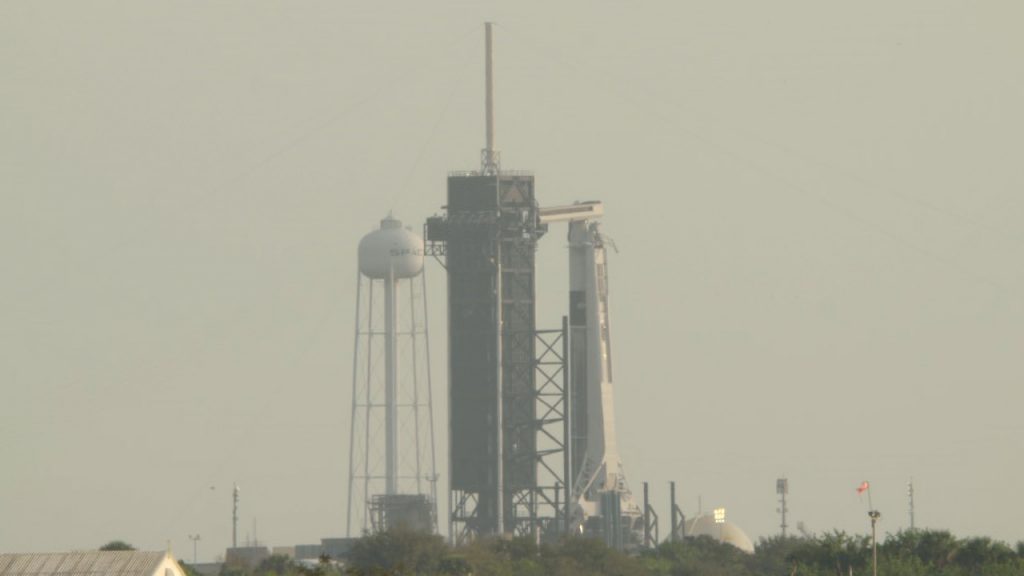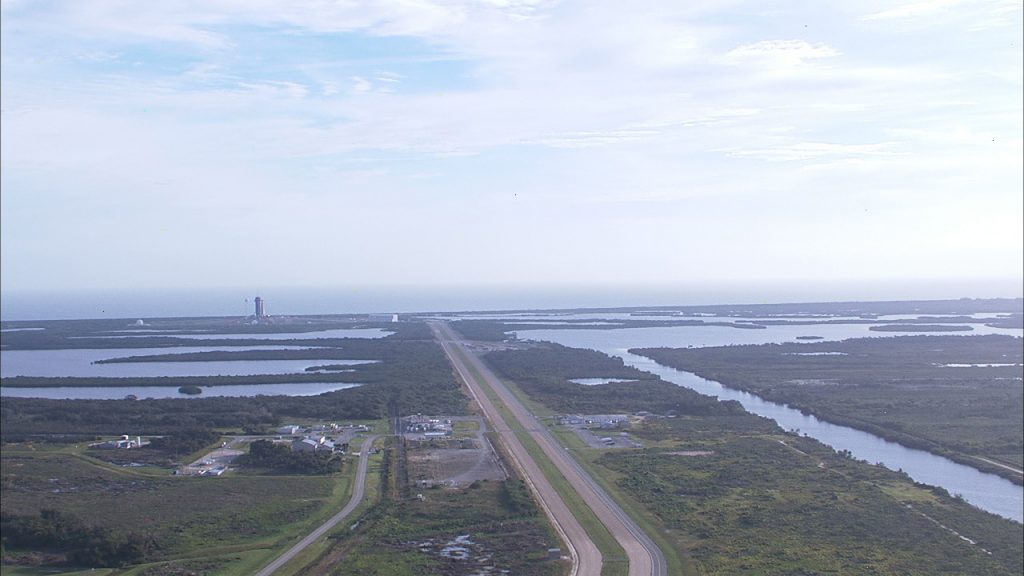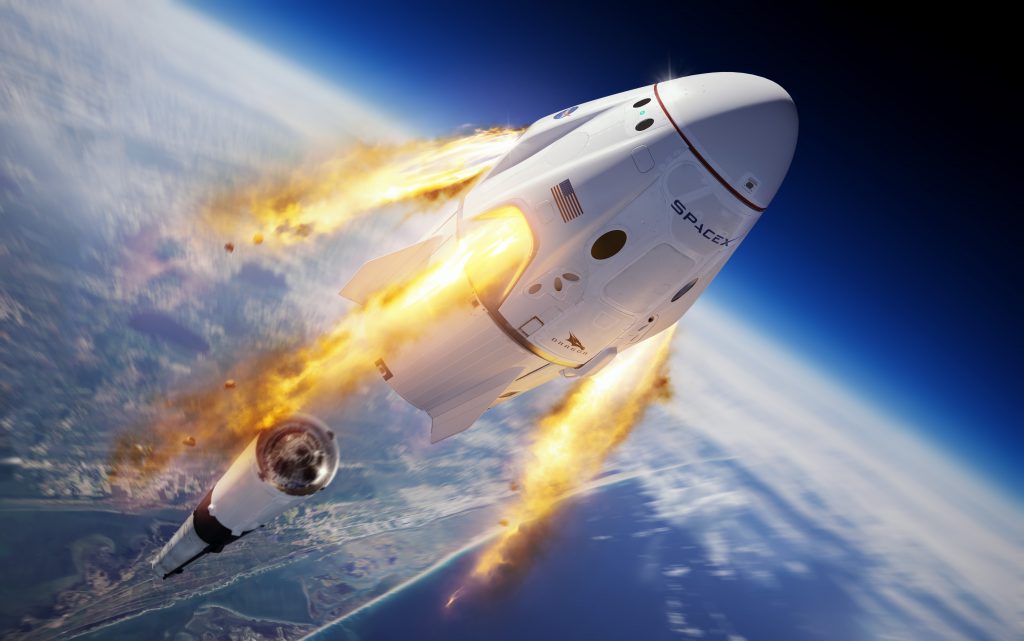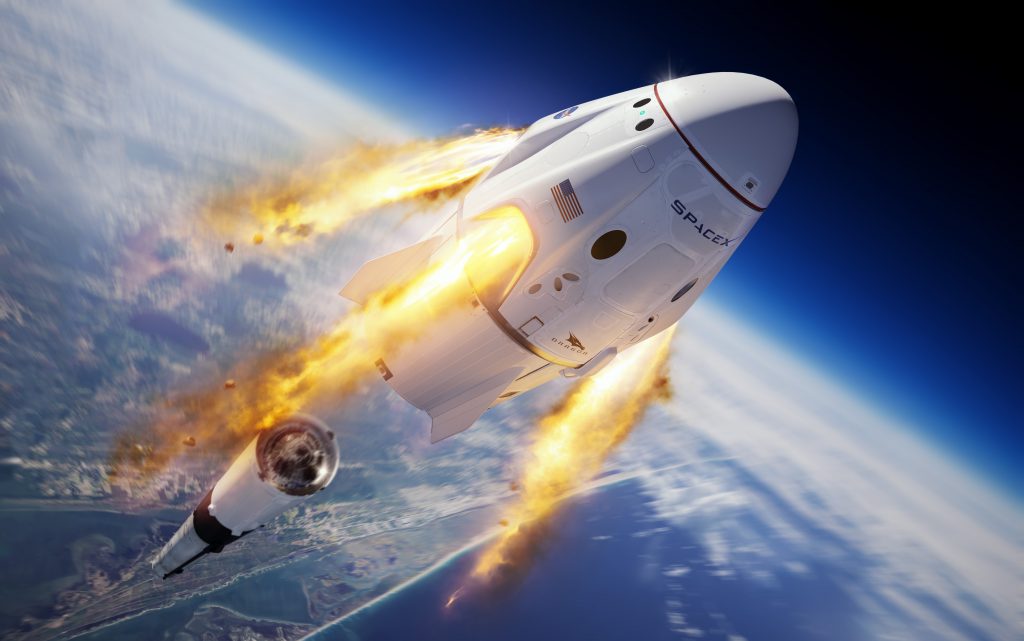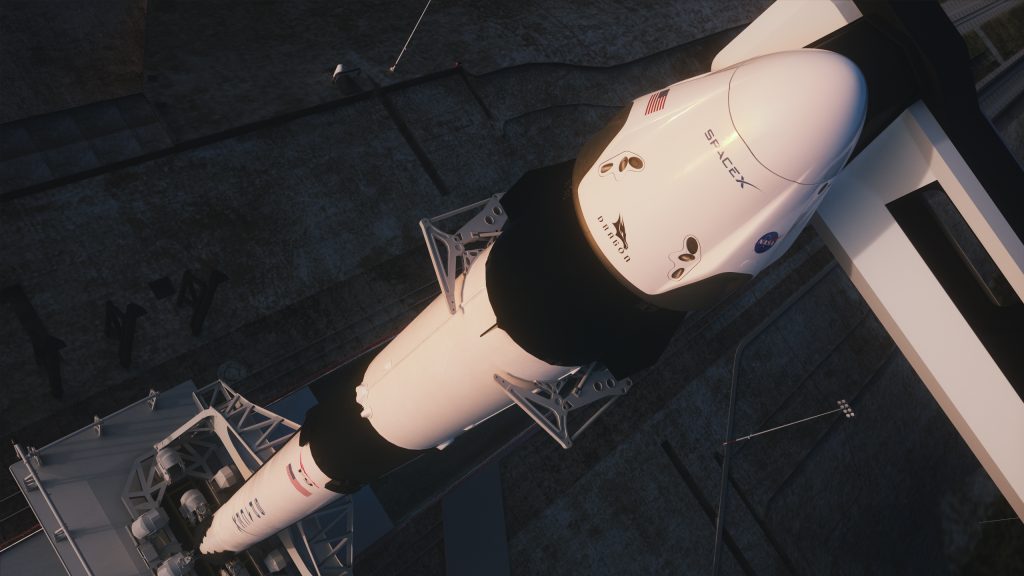
We are now just a few minutes from NASA and SpaceX’s 10:30 a.m. EST in-flight abort test. The company’s Falcon 9 rocket and uncrewed Crew Dragon capsule is scheduled to lift off from Launch Complex 39A. The six-hour test window opened at 8 a.m. EST.
Here are the main milestones, including approximate times after launch:
- +1 minute, 24 seconds — Crew Dragon separation
- +2 minutes — Crew Dragon trunk deploy
- +4 minutes — Drogue/main parachute deploy begins
- +10 minutes — Crew Dragon splashdown
Follow along here on the blog, or tune in to live coverage of the event on NASA TV and the agency’s website, which started at 10:12 a.m.
A post-test news conference is planned for noon. That also will be broadcast on NASA TV and the agency’s website. Participants include:
- NASA Administrator Jim Bridenstine
- Kathy Lueders, manager, NASA’s Commercial Crew Program
- SpaceX representative
- Victor Glover, astronaut, Commercial Crew Program
- Mike Hopkins, astronaut, Commercial Crew Program
Next up is liftoff!

